
Angora rabbits are adorable, fluffy, and a useful addition to the homestead. Before you go out and buy one, there are some things you need to know.
This homestead critter requires a lot of careful consideration before taking the plunge.
Why raise angora rabbits?
Angora rabbits produce wonderfully soft wool that can be spun into yarn or felted for craft projects.
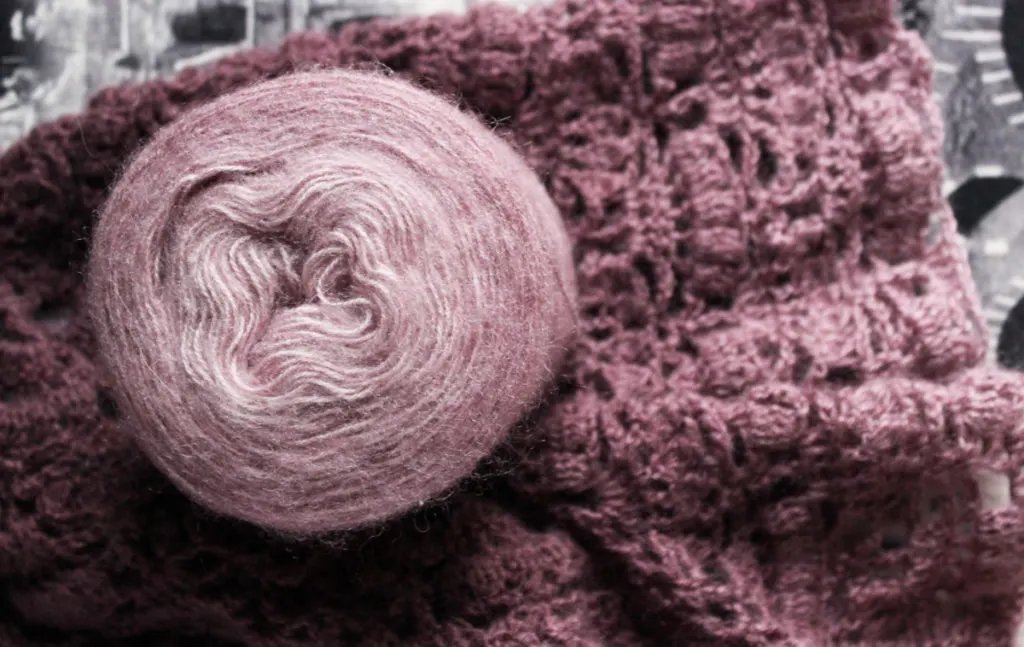
While your homestead or farm may not have room for traditional fiber animals like sheep, goats, alpaca, and llama, it almost certainly has room to keep a few rabbits.
1. There are several types to choose from
English Angora
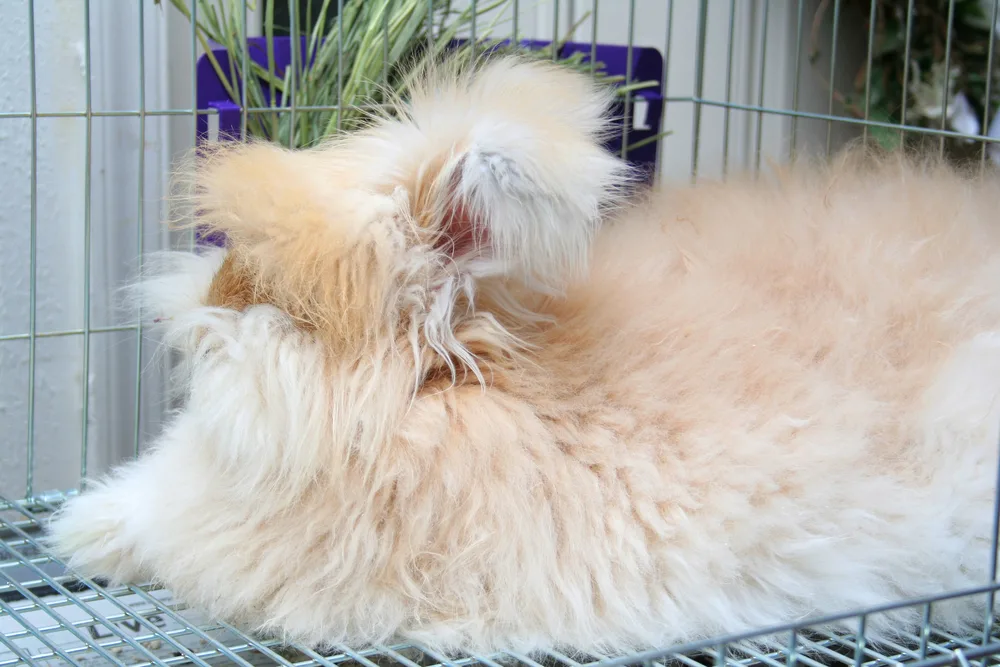
This breed of Angora is the most finicky and difficult to care for. The English grows beautiful fluffy wool all over their body, including their face, feet, ears, and tail. While this does make them extra adorable, it can make them difficult to care for.
English angoras naturally shed their wool several times a year, but they’ll need your help in this process so the wool that’s being shed doesn’t cause mats.
English Angoras are especially prone to mats on their face, bottoms of their feet, and around their legs.
French Angora
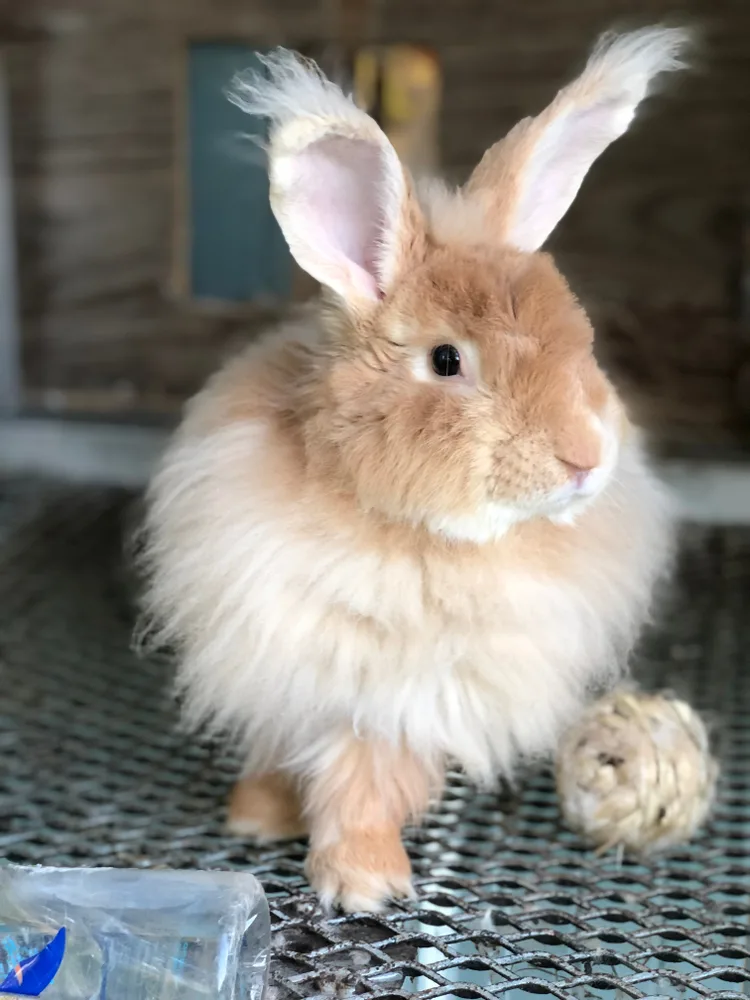
The French Angora is similar to the English in coloring, though they tend to be a bit larger. The French Angora also has short hair on the face and feet, which makes grooming much easier. Their wool also has a more silky feel to it, making it more difficult to hand spin, but it’s lovely and soft.
German Angora
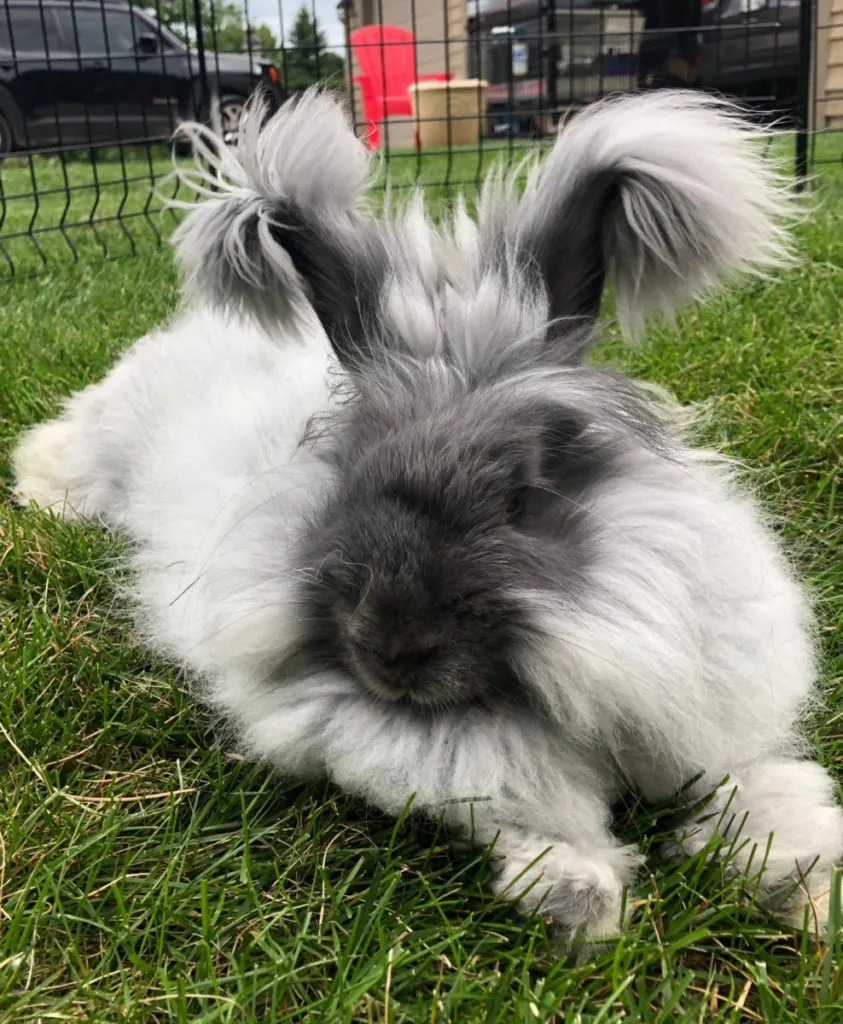
The German Angora rabbit is not a recognized breed but is well-loved in the fiber community. German Angoras are similar to English Angoras in that they have fluff on their face and ears. The German can grow to 11 pounds and is a heavyweight in wool production as well.
Giant Angora
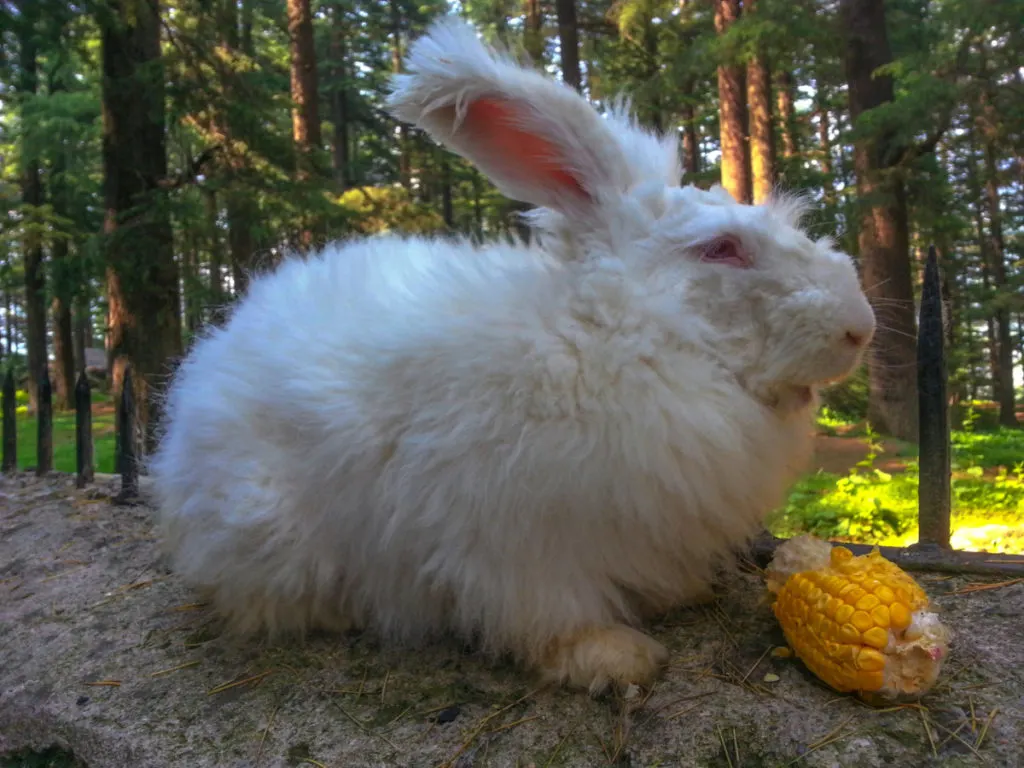
This breed is technically a hybrid as it was created by breeding the German Angora with a large non-fiber producing rabbit. Giant angoras usually weigh around ten pounds and produce more fiber than the smaller English and French varieties.
These rabbits don’t naturally shed their wool, so if you take one home, you’ll need to do the shearing yourself!
Satin Angora
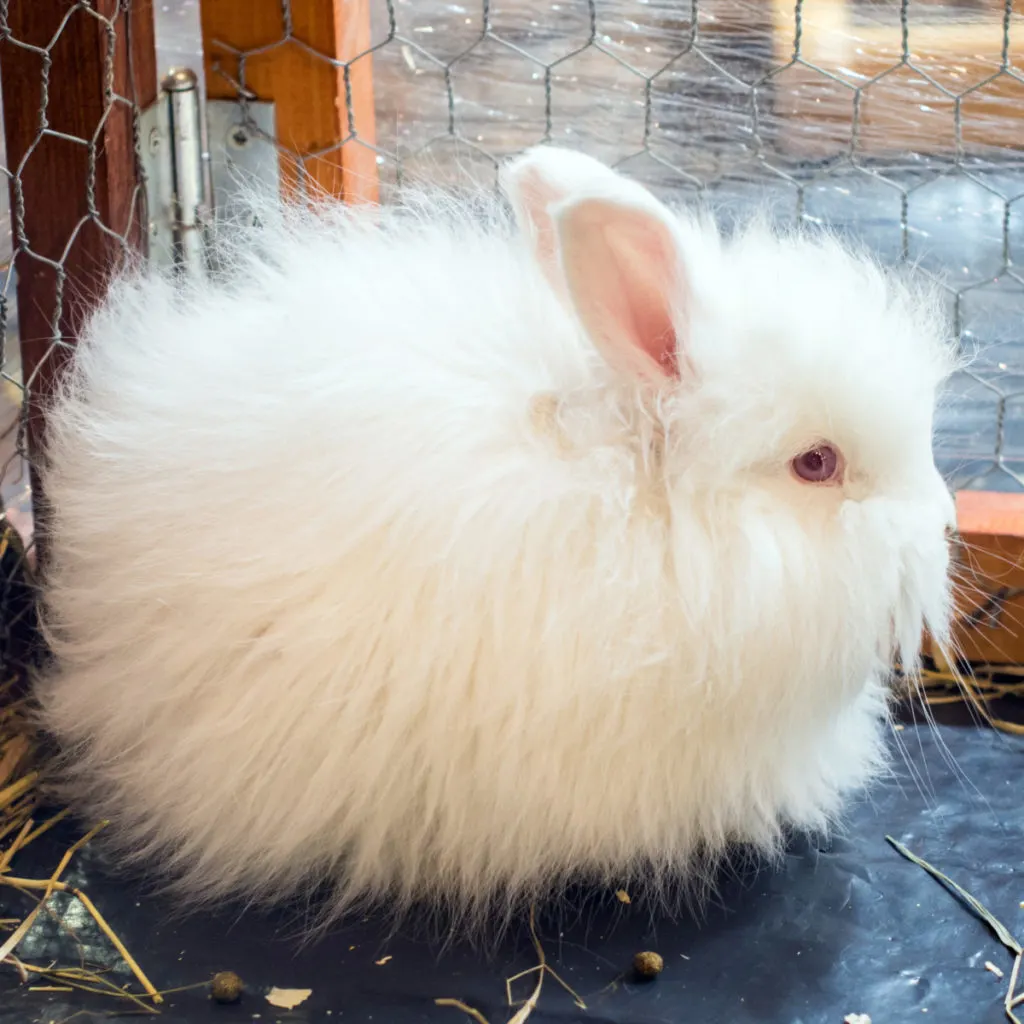
This type of Angora rabbit is rare and hard to come by. Their wool is also the most prized as it’s easy to spin and has a luxurious texture. Satin Angoras produce less wool than other breeds, so they’re not the best choice to raise for wool production.
2. They require weekly grooming
If you’re lucky enough to get your Angora rabbit while it’s young, start grooming it right away. It’s important for the rabbit to get used to being handled in this way so they won’t get aggressive during grooming when they get older.
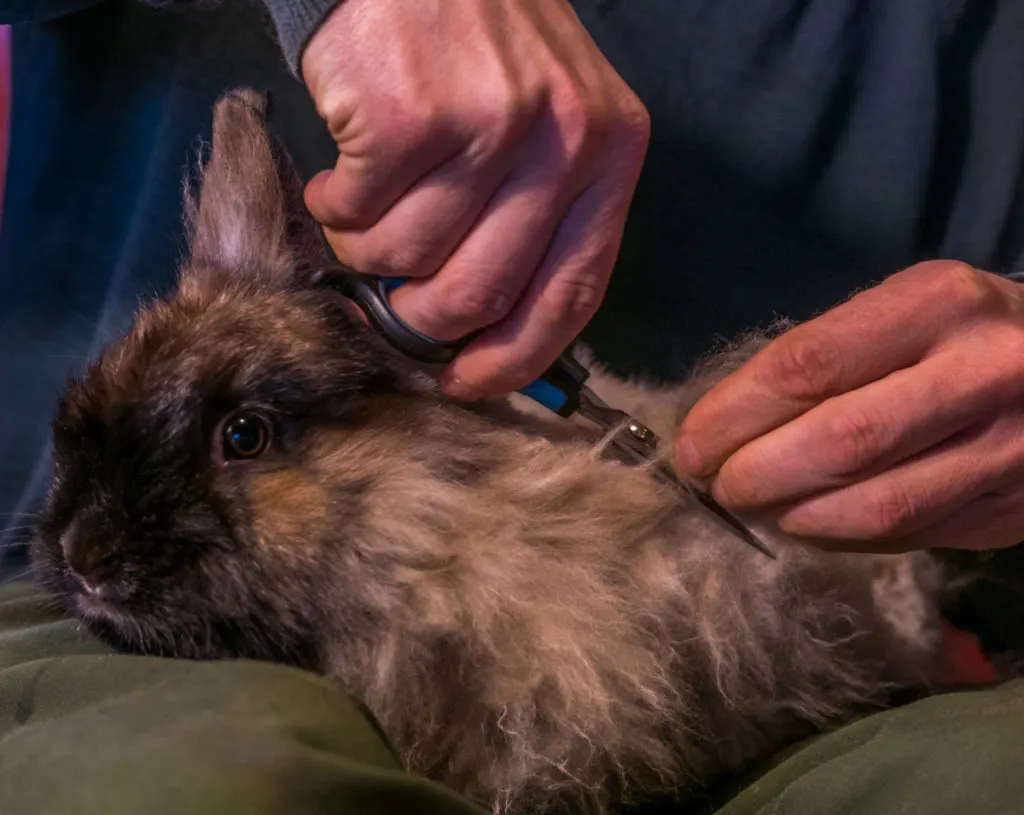
Grooming takes about an hour per week, per rabbit. Every Angora keeper has their own favorite methods for grooming, but a combination of combing, plucking loose wool, and cutting mats will work for all rabbits.
3. You may need to get special tools and supplies
Grooming an Angora rabbit isn’t as simple as combing their hair once a week. You may need to invest in some special tools to gently remove mats from their wool.
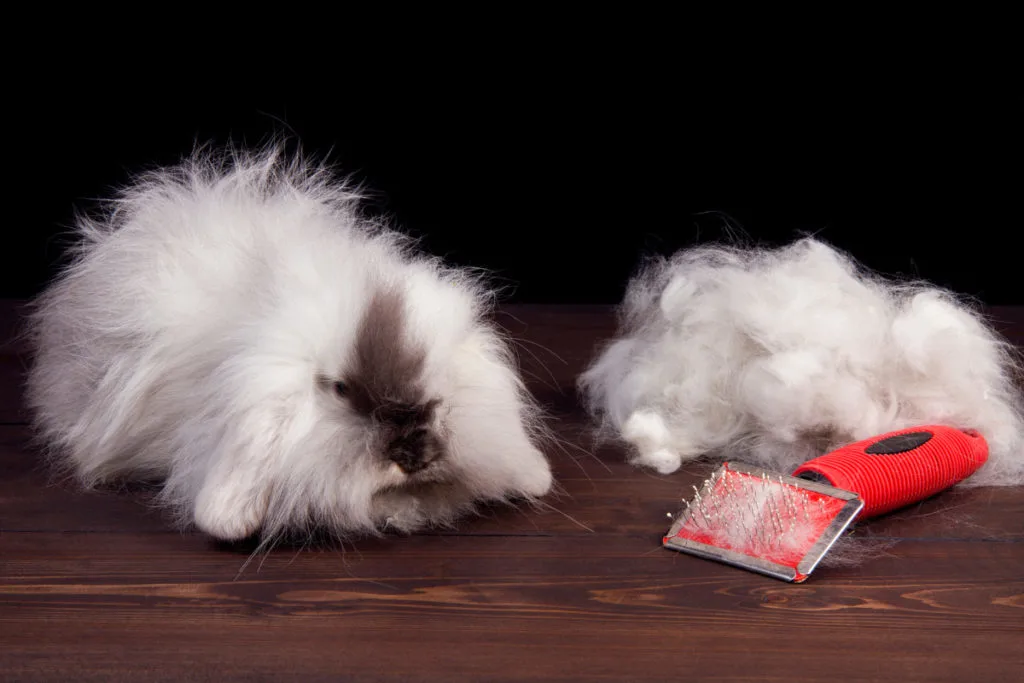
Another great investment for an Angora rabbit is a pet blower. The biggest cause of mats in Angora rabbits isn’t the wool, but the dander that’s caught up in it. Using a pet blower to blow dander off the skin will help to keep the skin and wool clean at all times.
Other items like nail clippers, rabbit treats, hay manger, and litter box are common for any rabbit, but will still add to the cost of keeping them.
4. Angora rabbits can get wool block
Angora rabbits are more susceptible to getting a condition called wool block. This happens when the rabbit grooms itself and eats its own wool, which can then accumulate in its digestive system. To prevent wool block, make sure to groom your Angora rabbit frequently and give free choice of hay at all times.
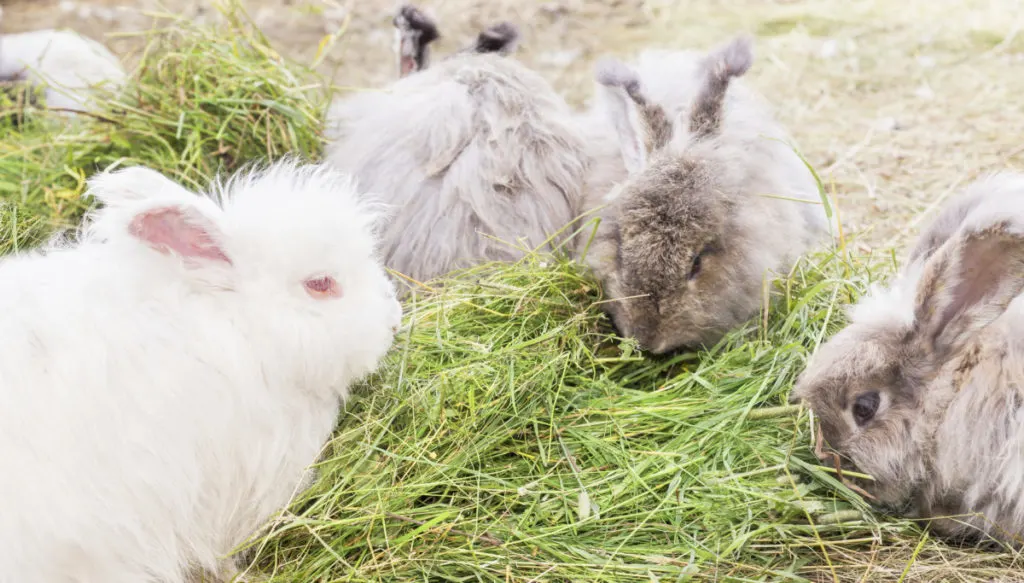
5. You can use their wool or sell it
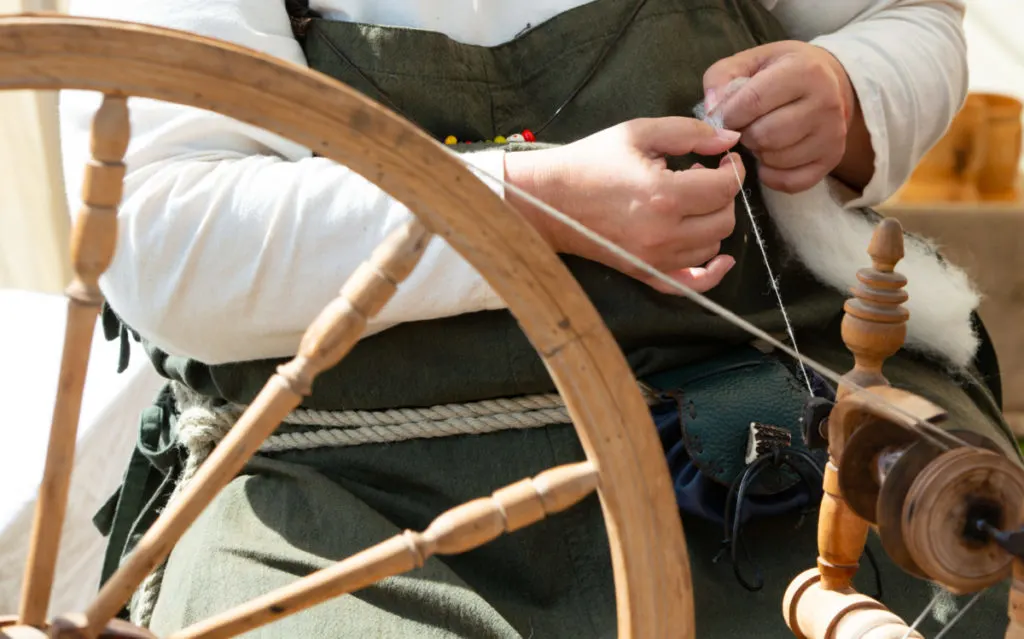
This animal is a must for any homesteader who loves wool crafts. If you’re a hand spinner, you’ll be delighted with the luxurious quality of Angora wool, and it’s a delight to spin. Angora wool is also great to use for projects like needle felting, wet felting, or soap making.
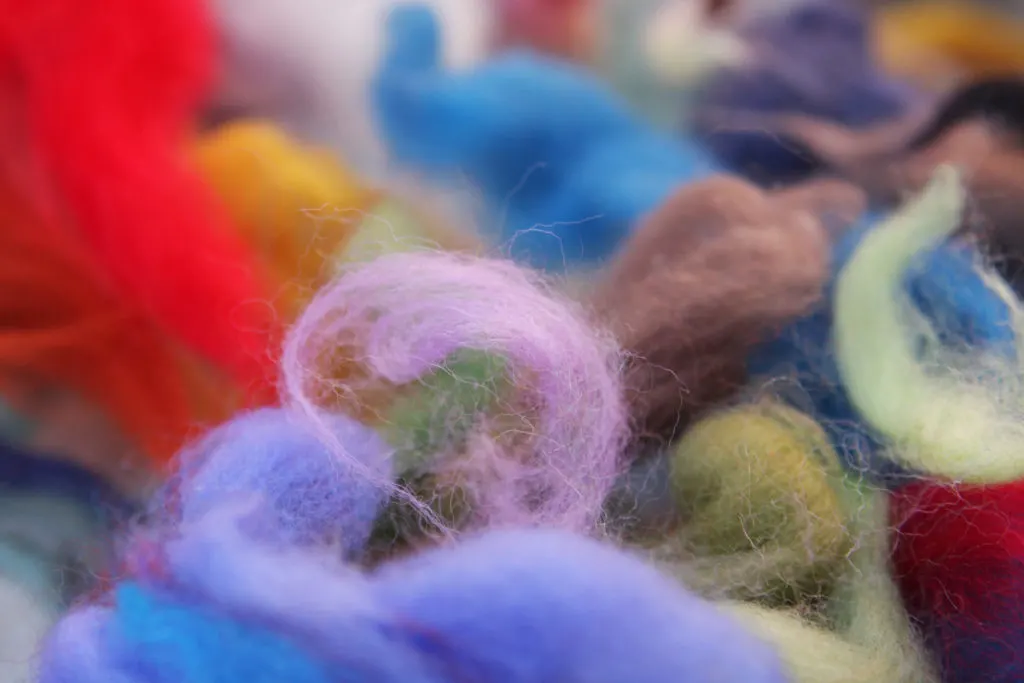
If you don’t want to use the wool yourself, you could also sell it! There’s a big market for this super-soft wool, especially in the more rare breeds like Satin.
6. They can be found cheap or free
Angora rabbits purchased from a reputable breeder while young will cost between $50 and $250 each. While Angora rabbits tend to be quite expensive, you can find them for cheap, or even free if you’re clever!
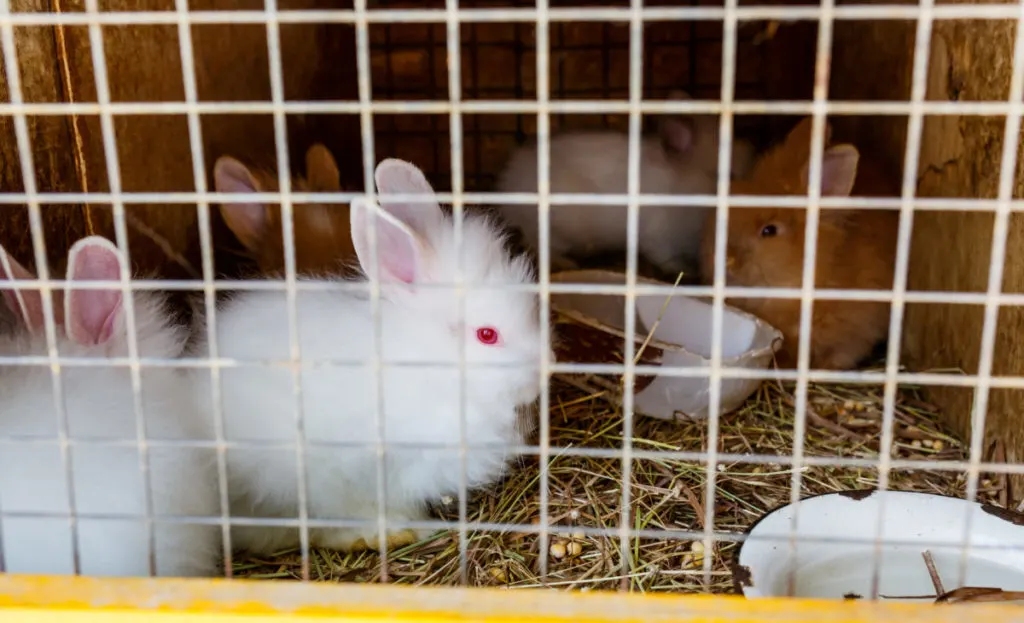
Many people start out raising Angora rabbits as a hobby project and quickly lose interest or become overwhelmed by the amount of work they require. This is too bad for the rabbit, but great for you, as you can adopt them! Animal shelters frequently get Angora rabbits in, and they can be found on Craigslist or Facebook Marketplace as well.
7. They’re more than just wool producers
Angora rabbits are a wonderful fiber animal, but they’re so much more. If handled regularly while young, Angora’s make wonderful pets for children and adults alike. They can also help out in the homestead garden, as their bedding and manure can be used in the compost pile, or put directly into the garden as fertilizer.
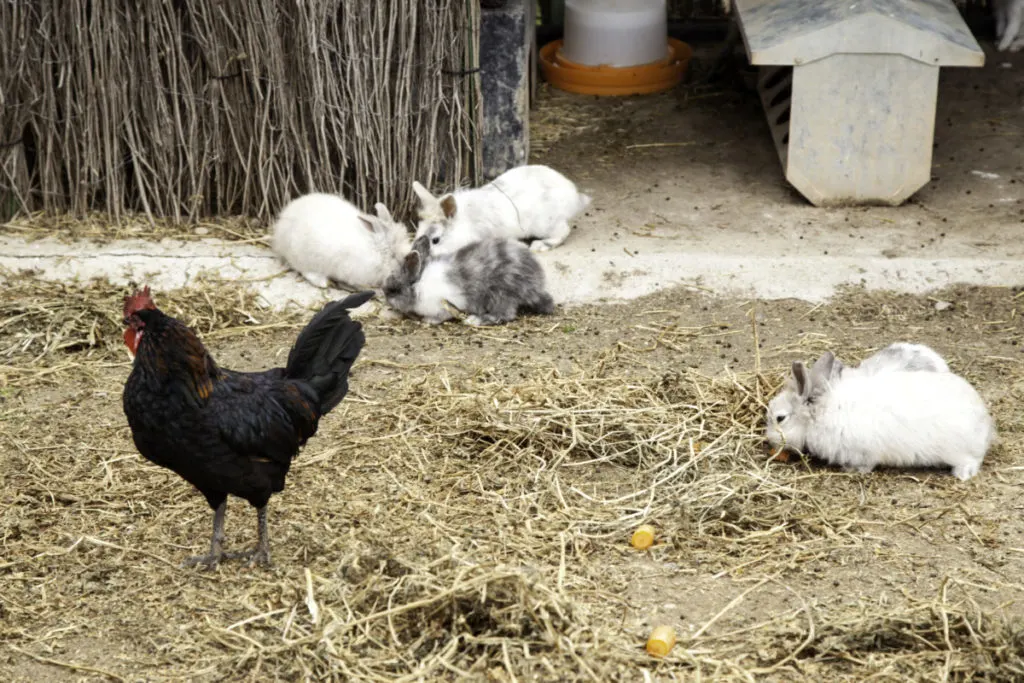
This multi-benefit creature may be just the perfect addition to your homestead!

Get the famous Rural Sprout newsletter delivered to your inbox.
Including Sunday musings from our editor, Tracey, as well as “What’s Up Wednesday” our roundup of what’s in season and new article updates and alerts.

